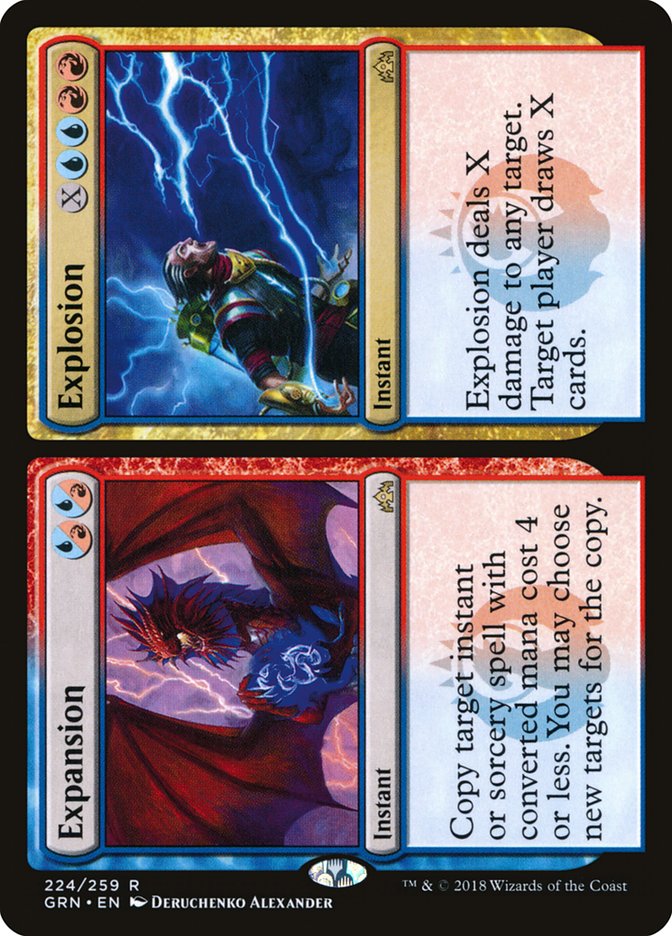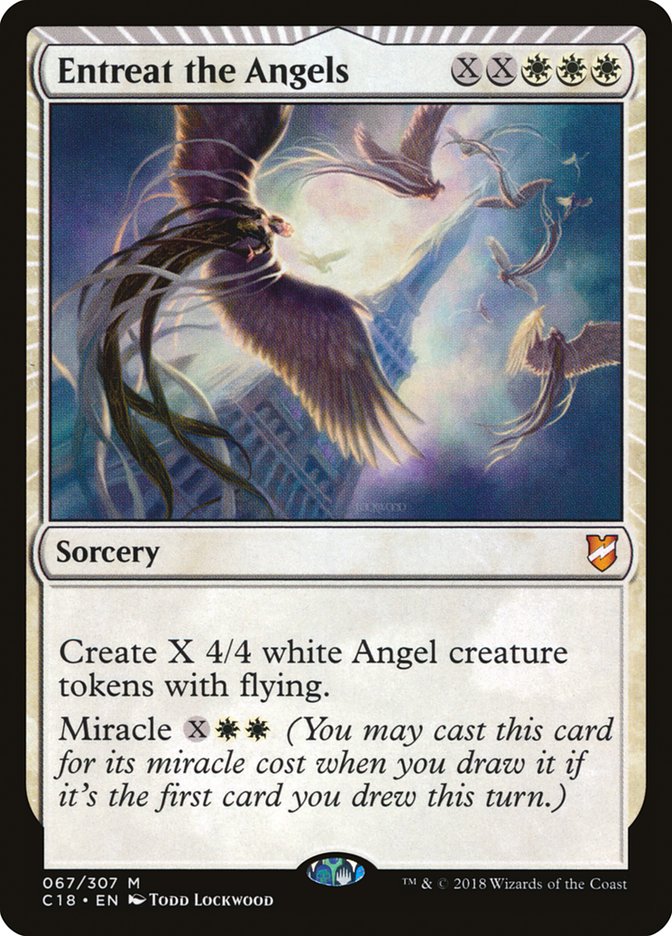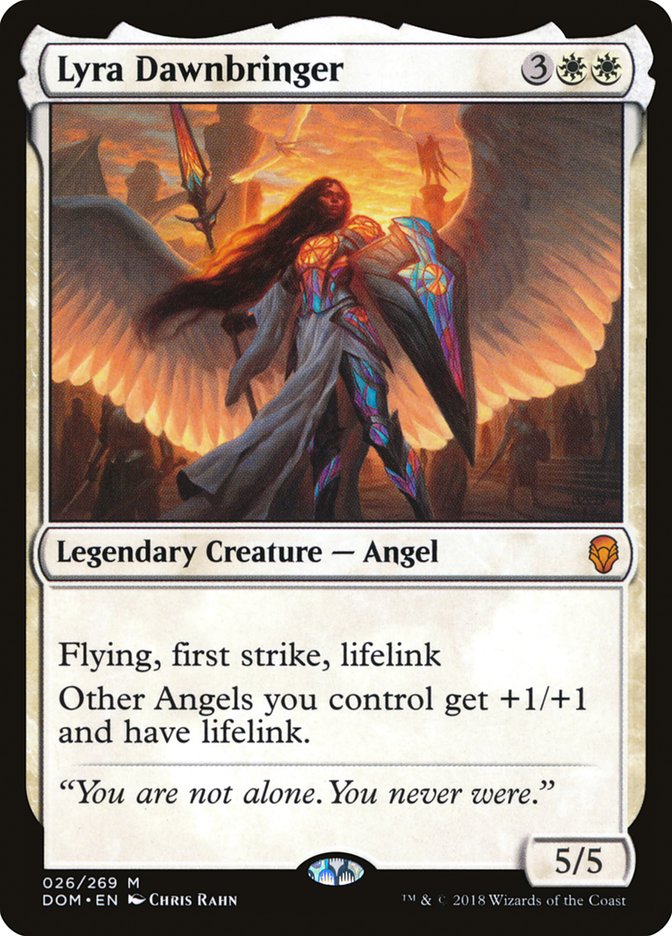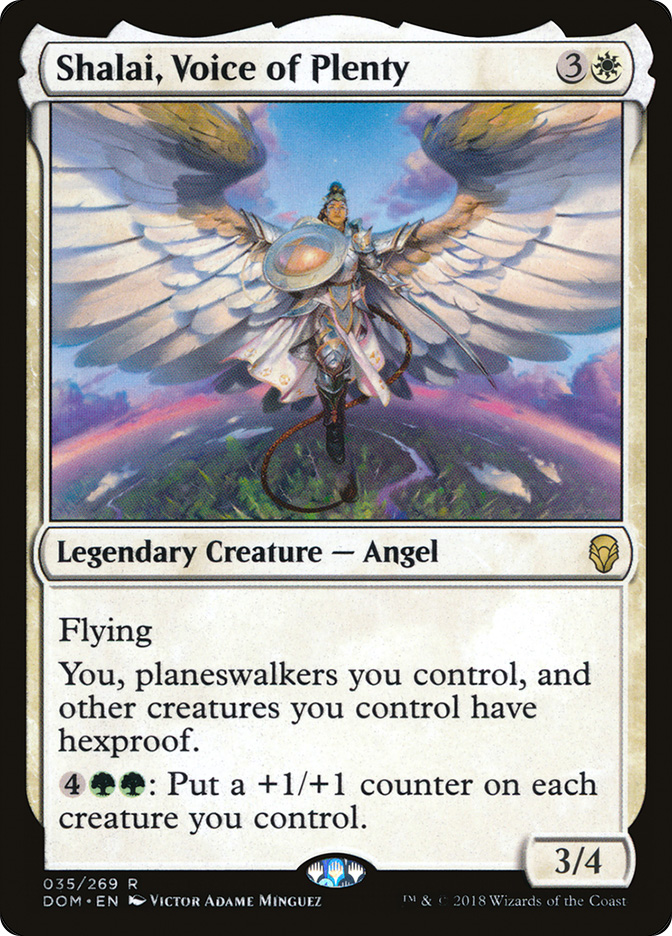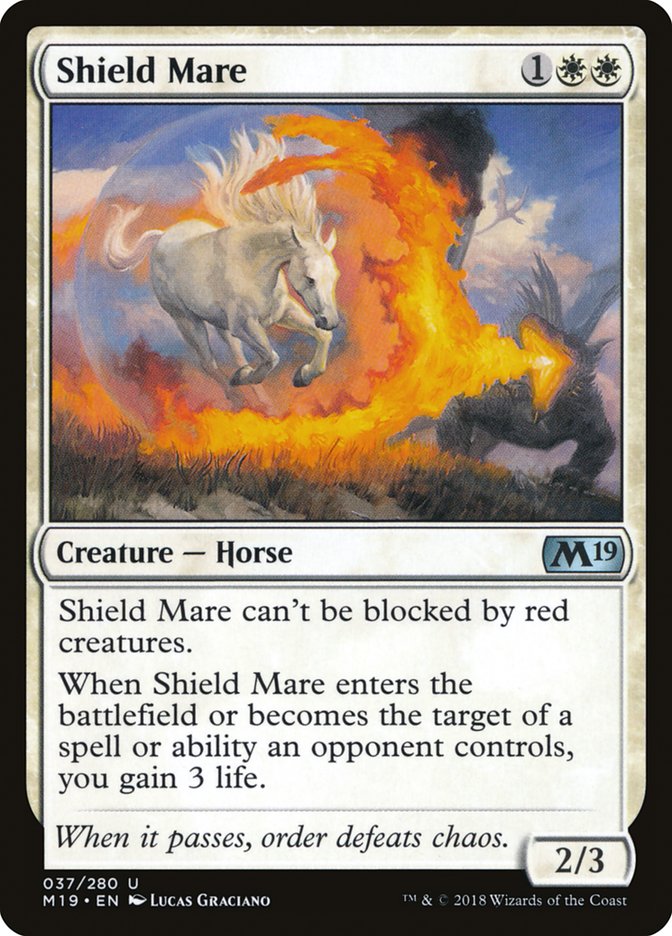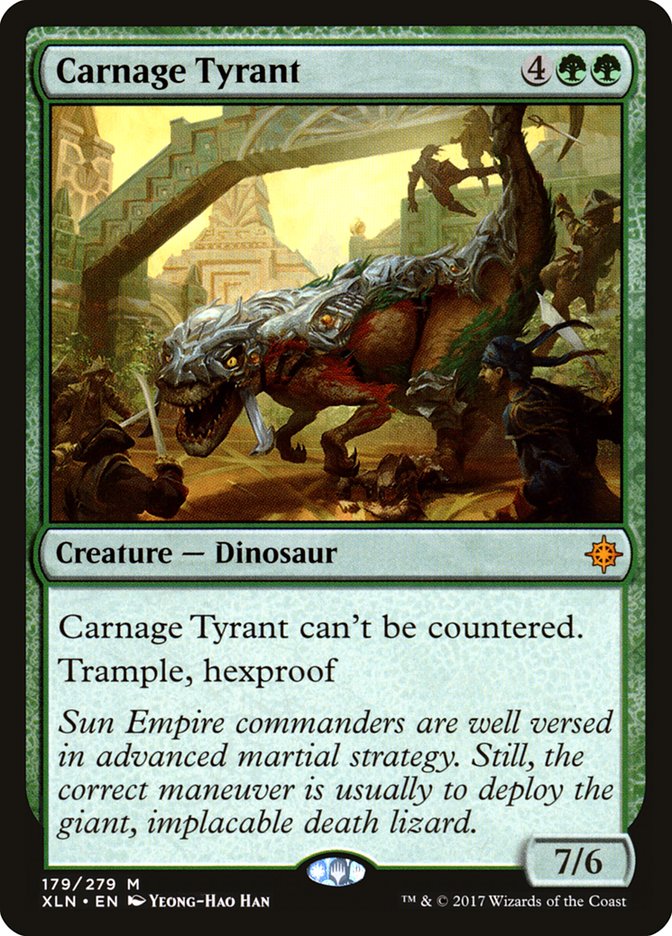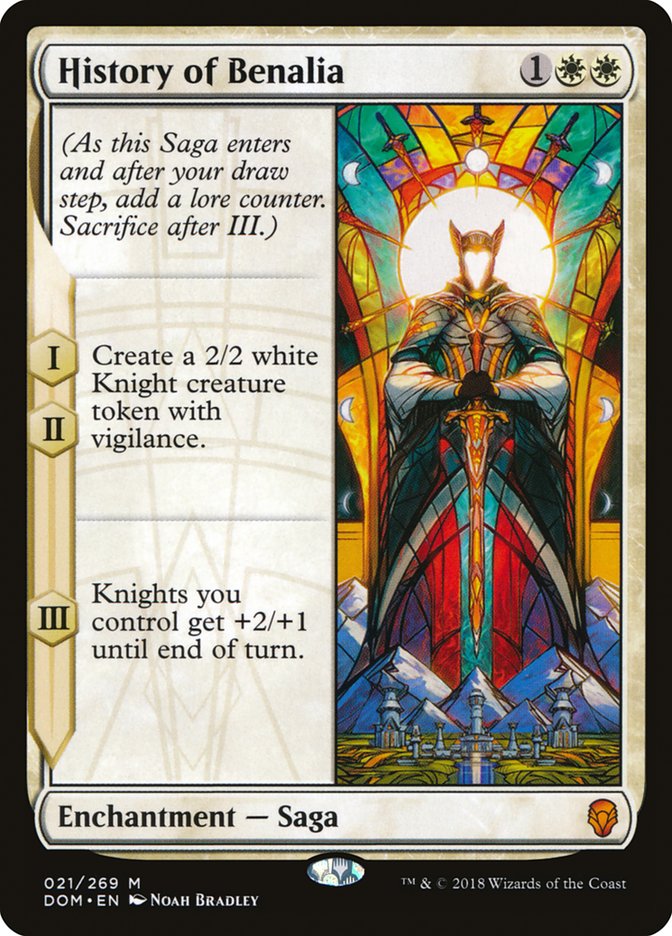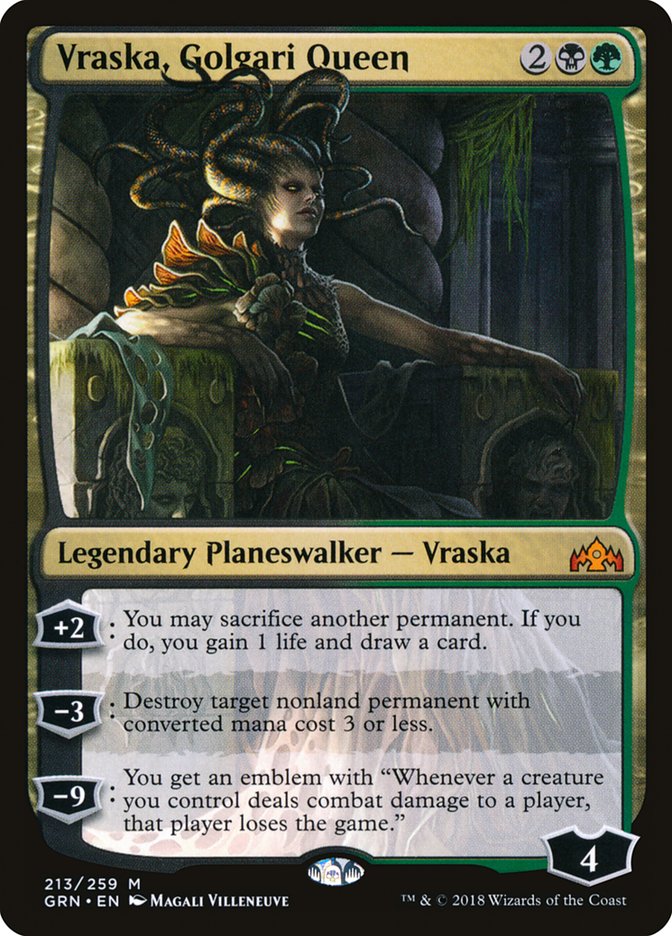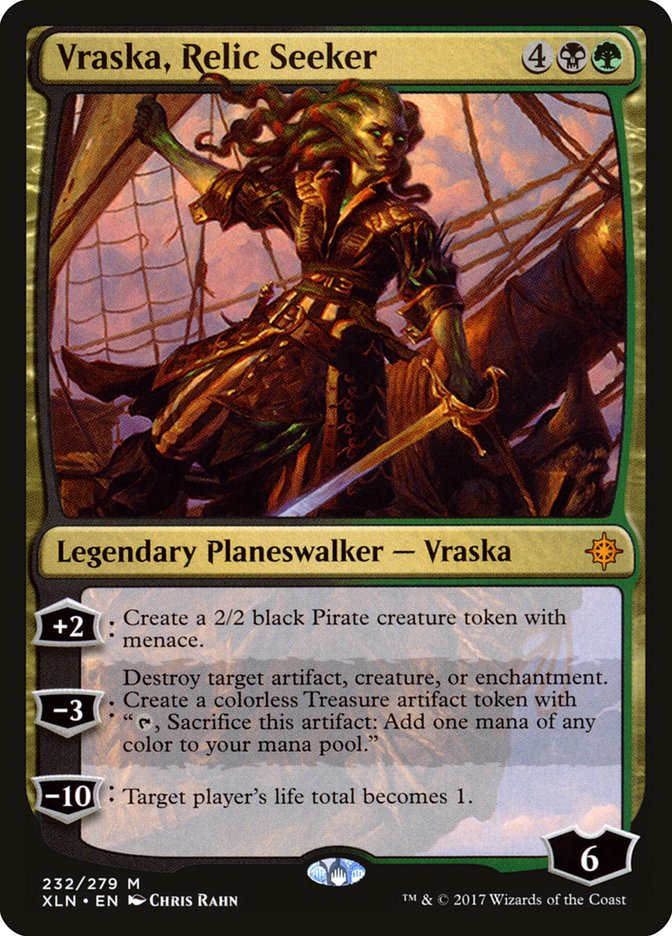So now we know the enemy, and they are out in force. Golgari, in all shapes
and sizes, continues to dominate this Standard format. And as everyone
begins their journey to figure out how to beat the mirror, our goal is to
figure out the best way to attack it from the outside looking in. One thing
is for sure – going under Golgari with cheap creatures and burn spells
doesn’t seem to be working.
Many variants use Wildgrowth Walker to invalidate cards like Risk Factor or
to put them out of burn range after they sweep up all of your creatures.
Others are more focused on beating other midrange or control strategies,
relying on more expensive and consistent cards to get the job done. After
all, cards like Wildgrowth Walker aren’t exactly great against Ravenous
Chupacabra. And if I’ve learned anything from playing Golgari mirrors, it’s
that you don’t want threats that get blown up by Ravenous Chupacabra
without providing some amount of value.
So, you’ll understand why it came as a shock to me that, amidst a Top 8
full of six different Golgari decks in the Magic Online PTQ, the one that
took down the whole thing featured four copies of Doom Whisperer.
Creatures (28)
- 4 Llanowar Elves
- 2 Wildgrowth Walker
- 4 Merfolk Branchwalker
- 3 Seekers' Squire
- 4 Jadelight Ranger
- 3 Ravenous Chupacabra
- 1 Izoni, Thousand-Eyed
- 1 District Guide
- 2 Golgari Findbroker
- 4 Doom Whisperer
Planeswalkers (5)
Lands (23)
Spells (4)

After playing some matches with the deck, and getting pummeled by the
mirror, the only real conclusion that I can come to is that the PTQ was
full of aggressive strategies that didn’t really have answers to Doom
Whisperer. And after making it to the Top 8, Tixis was able to win Golgari
mirrors with planeswalkers. Cards like Doom Whisperer can easily win games
by itself if the opponent doesn’t kill it, and it’s possible that the
second or even third Doom Whisperer was enough to take down games. My
experience did not reflect that, but my sample size was also small.
But what I also noticed while playing this version of Golgari Midrange is
that it was especially soft to control decks. As long as the opponent had
some ways to interact with Doom Whisperer and a reasonable amount of
counterspells, I often found myself drawing too many mediocre threats as
the game progressed while my planeswalkers failed to resolve. But I already
knew that. In fact, I’ve been working on a Jeskai Control deck over the
last week that was specifically designed with Golgari Midrange in mind.
If you watched VS Live! last week, you might have seen me put a big hurtin’
on Brad Nelson. And this was my first pass at Jeskai Control featuring a
lot of theory and not a lot of practice! After that match, I was all-in on
Expansion//Explosion.
Once I understood that I was never going to beat Golgari Midrange, or any
other value-esque strategy, simply by playing a one-for-one game with a few
pieces of card draw, I had to find a different route to victory.
Expansion//Explosion is that alternate route. Like Sphinx’s Revelation
before it, Expansion//Explosion works in such a way that you can afford to
do all sorts of negative trades in the early turns. All you need to do is
survive up until a point where you can cast Explosion for X=3 or more and
you’re in business.
Once you cast the first one, you realize just how powerful that effect can
be. And hey, if you draw multiple copies early, feel free to burn them here
or there on copying removal spells, or even just copying Chemister’s
Insight for some cheaper extra cards! Playing three or four total copies
means you get to use them early without much worry. There are still plenty
left in your deck to find later on to finish out the game.
And that’s the rub. Explosion is an actual win condition that doubles as a
huge boost of card advantage. Feel free to use one early to kill a small
creature. Just make sure you live long enough to cast the second, third, or
even fourth copy! Unlike Sphinx’s Revelation, Expansion//Explosion is
rarely going to be a dead card in multiples over the course of the first
few turns. If you need to burn one early, no big deal. The versatility of
Expansion//Explosion is where the true strength of the card lies. Both
halves are great in different spots.
Over the Top
Against midrange strategies, going way over the top of what they’re doing
is often a recipe for success! If their entire goal is to small-ball you
with creatures that gain card advantage, your only choice as a control deck
is to present them with a threat that they can’t beat or have your win
condition ignore what they’re doing entirely. We’ve seen a few examples of
this in the past.
When the opposition comes at you with a bunch of creatures with double
lives (Kitchen Finks, Thragtusk, Unburial Rites, etc) you have two options:
beat them in the value race or ignore their value cards as much as you can.
In the current Standard format, the creatures that Golgari Midrange uses to
generate value are miniature dorks that occasionally draw a land off the
top or fix their draws for upcoming turns. Explore is a fine mechanic that
gives the Golgari Midrange decks something to do in the early turns while
applying pressure against control or providing defense against opposing
aggro decks.
But that isn’t the extent of the inherent card advantage built into these
spells. Aside from the explore mechanic, you also have neat little
interactions like “drawing two cards” via Find//Finality or creating an
infinite recursion loop with Memorial to Folly and Golgari Findbroker. As a
control deck, beating the combination of Memorial to Folly and Golgari
Findbroker isn’t exactly easy. Even if you manage to find a counterspell,
the next Golgari Findbroker or Memorial to Folly creates the same loop
again. Plus, you’re down a counterspell to stop them from beating you with
their most important cards: planeswalkers.
If you have a way to clear the small creatures away (Deafening Clarion,
Ritual of Soot, Golden Demise), you can mostly ignore the small amounts of
card advantage that their early creatures gain. In a pinch, feel free to
use some of your spot removal spells to protect your life total. But above
all else, you must remember that an opposing planeswalker is very difficult
for a deck like Jeskai Control to deal with once it has resolved. Aside
from counterspells, getting one off the battlefield is basically impossible
outside of the rare Blink of an Eye. And while you’re playing white, and
could potentially lean toward stuff like Ixalan’s Binding, that just makes
you incredibly vulnerable to the likes of Assassin’s Trophy, which is
picking up in popularity.
My advice: ignore the small stuff. Use your life total as a resource to buy
time. Once you can cast a Deafening Clarion and then hold up a
counterspell, you should be in fine shape. Then, when you’ve reached that
point in the game, cards like Teferi, Hero of Dominaria or
Expansion//Explosion should eventually push you towards winning the game.
And while Explosion isn’t quite as flashy as Entreat the Angels or The
Scarab God, it wins the game all the same.
Planeswalkers (4)
Lands (27)
Spells (29)

Going “over the top” doesn’t always mean casting some “X” spell, but
usually Standard contains one of those “X” spells that could ultimately win
the game on its own. And while it takes a ton of mana for a single
Explosion to win the game, you’re usually using the first Explosion to find
a second or third copy to chain off. And when your opponent is playing a
mopey midrange deck like Golgari, as opposed to play blue mana for Negate
or the like, your Explosion chain should almost always work. Sure, they
could gain some life in response, but then you’re still looking at seven or
more cards in hand when you untap.
The inherent nature of cards like Sphinx’s Revelation or Explosion to push
you “too far ahead” is not something I get to witness too much and is one
of the reasons why I have Expansion//Explosion as one of the best cards in
the format. When you start “winning” with Explosion, it doesn’t feel like
you’re playing the same format. Kill a creature and draw five cards? Don’t
mind if I do! At that point, every spell your opponent plays will likely be
countered or killed without much of a fight. After all, drawing five cards
while killing an opposing creature is not exactly a “beatable” effect by
normal standards.
If you want to beat a Golgari Midrange deck trying to grind you out with
explore or Find//Finality, I don’t think you can do much better in Standard
than just going over the top. And, unless I’m just completely wrong about
its power level, Expansion//Explosion is in a fine spot to overpower them
as you get to the later stages of the game. The trick to making cards like
Explosion (or Sphinx’s Revelation) work is by using all your other cheap
interaction to buy time. Even if every spell they cast says “draw a card,”
a lategame Explosion will be far too much for them to handle.
you “too far ahead” is not something I get to witness too much and is one
of the reasons why I have Expansion//Explosion as one of the best cards in
the format.
One thing I thought we’d have trouble with was keeping up with the burn
spells of Mono-Red Aggro, but after changing the sideboard to help in the
matchup, things seemed to get a lot better. The first match I played
against with this deck was Mono-Red, and my sideboard did a ton of work. I
used all my early spells to contain their threats and bolster my life
total. After they’d mostly run out of stuff, I cast a Lyra Dawnbringer and
won pretty easily. Even if they’d had a removal spell for Lyra Dawnbringer,
I followed that up with Shield Mare and a hand full of counterspells and
removal!
The trick to beating Mono-Red is containing their early creatures, then
finding a way to gain enough life to survive Risk Factor without giving
them six cards. If you ever must give them three cards off Risk Factor,
you’re likely going to lose, as those three cards will usually deal more
than four damage on average. It just takes a little more time. If you’re
able to kill their early threats and maintain a reasonable high life total,
a single Risk Factor isn’t all-she-wrote! But if you fall on the back foot,
or don’t draw your sweet sideboard cards, Mono-Red will give you some
headaches. As you can see, we bring in the following cards:
And since we’re bringing in so many creatures, I tend to start cutting my
big “lategame” stuff in Expansion//Explosion, as well as some of my
counterspells. After all, if they get under your counterspells, those
counters will be more and more useless as the game progresses. Removal is
key in the early turns, but you also need enough counterspell type
interaction to make sure they don’t burn you out. Whether that means actual
counterspells or just gaining life via Shield Mare or Lyra Dawnbringer (or
effectively gaining life by casting Shalai, Voice of Plenty) is entirely up
to you.
Slow and Steady
This Standard format is a lot more complex than it looks from the surface.
Just trying to figure out the best approach to the Golgari Midrange mirror
is giving me headaches. Do you go big with Carnage Tyrant? If that’s the
case, should you start playing some number of Detection Tower as an answer
to said Carnage Tyrant? Does playing something like Carnage Tyrant in your
deck make you significantly more vulnerable to aggressive strategies? And
why is everyone talking about Carnage Tyrant when it hasn’t even won a major tournament?
Well, long story short is that Steve Mann is a reliable source when it
comes to solving the Standard Golgari Midrange mirror. He’s played nothing
but Golgari for as long as I can remember. He knows his way around an
Elvish Visionary, and he’s only gonna get better when more of his creatures
have “draw a card” attached to them. And, according to SMann, this is the
“best” version of Golgari.
Creatures (22)
- 4 Druid of the Cowl
- 3 Carnage Tyrant
- 3 Seekers' Squire
- 4 Jadelight Ranger
- 3 Ravenous Chupacabra
- 3 Elvish Rejuvenator
- 2 Golgari Findbroker
Planeswalkers (2)
Lands (24)
Spells (12)
Sideboard

There’s a lot to like about this deck. For starters, Carnage Tyrant as a
main plan seems to be very good against the control strategies cropping up
to fight Golgari Midrange. Secondly, Carnage Tyrant is seemingly one of the
strongest things you can be doing in the mirror. When your end-game can’t
be beaten by a single Ravenous Chupacabra, and regularly puts your opponent
under immense pressure, I think you’ve found a winning strategy. Plus, when
you combine Carnage Tyrant and Finality in the mirror when both players are
deploying a ton of creatures onto the battlefield, you’re effectively
forcing their hand. If they don’t deploy more threats, Carnage Tyrant
singlehandedly eats them for breakfast. And when they do play enough
creatures to check it during combat, you just blow everything out of the
water with Finality.
I don’t think this is the best version of Golgari Midrange, but I do think
this is a great idea for combating the mirror and control strategies. If
the format evolves in such a way that every opponent will be playing a
fairly slow game, Carnage Tyrant is a perfect foil. However, if your
opponents generally flood the battlefield with small creatures, or just
apply immense pressure in the first few turns, playing too many six-drop
threats is not exactly ideal.
your deck make you significantly more vulnerable to aggressive strategies?
And why is everyone talking about Carnage Tyrant when it hasn’t even won a
major tournament?
If you watched VS Live! from Tuesday, you’ll see Ross Merriam putting some
pain on Brad Nelson and the deck that Steve Mann built. And the further you
go toward beating Midrange and Control, the harder it will be to keep up
with the more aggressive decks in the format.
Of course, it’s pretty difficult to say that a deck full of two- and
three-mana cards is “too slow” to keep up with these aggressive strategies.
You’re playing Dead Weight for crying out loud! Well, that is true to an
extent, but the higher your curve gets the harder it will be to keep pace
with these smaller aggressive strategies. And if you watched VS Live! on
Tuesday, you’ll know exactly what I’m talking about. History of Benalia
completely worked Brad over, and his deck seemed completely incapable of
handling it. When cast early enough, the second History of Benalia was
always lights out.
The most important thing I’ve realized while playing this Standard format
is that every single cheap removal spell, or cheap sweeper effect, has some
major holes. Jeskai has a really tough time beating Adanto Vanguard, for
example. But at the same time, cards like Adanto Vanguard force you to play
removal like Seal Away or Settle the Wreckage, which are both fairly gross
against Golgari for multiple reasons. Seal Away can get unlocked via Vraska
in any form, or just an Assassin’s Trophy. Settle the Wreckage is also an
abysmal sweeper in this format, as virtually every deck is designed to go
super late if necessary. Even Mono-Red Aggro, a deck that is super low to
the ground, often has maindeck Experimental Frenzy! And if you give them
three or more lands with a single sweeper effect, Experimental Frenzy can
just bury you.
I’m completely in love with Standard at the moment. And while Golgari
Midrange has been performing well in Magic Online premier events, I don’t
think they’re the end-all be-all of the format. We’re two weeks in and
people are still trying to figure everything out. I do think that
Golgari offers some particularly strong options for both threats and
answers, and that’s a pretty great place to be when people are still trying
to figure everything out. For example, I don’t even know what removal suite
is correct in Jeskai Control! At the moment, I have Lava Coil over
Lightning Strike. I have no Shock or Shivan Fire, and I’m not even sure
that’s correct!
What I do know is that planeswalkers like Vraska, Golgari Queen; Vraska,
Relic Seeker; and Teferi, Hero of Dominaria are all very powerful, and
building your deck around them will usually wield good results. And if you
have the right support spells around those cards, you should be doing well.
The greater successes at Grand Prix or the Pro Tour will come from those
who lock themselves in a room for a week and figure out the perfect
configurations. Right now, I’m just trying to find out if I should be
casting Thousand-Year Storm!
I’ve been streaming pretty regularly for the last few weeks, playing
different archetypes that go 5-0 in Magic Online leagues, and I haven’t
found the end of the rabbit hole yet. No one seems to have a consensus on
the “best archetype,” though Golgari is starting to put up a good argument.
I just wish it wasn’t so mopey against the control decks! Maybe Steve
Mann’s version with Carnage Tyrant maindeck is the future. And if that’s
the case, I don’t know if I can still play Jeskai Control. The first one
isn’t that much of a problem thanks to Cleansing Nova. It’s usually the
second or third copy that gets you, or the inevitable Find//Finality that
brings one or two of them back to the party.
Let’s just hope that the low-curve aggressive decks keep the Golgari decks
from getting to that point!


